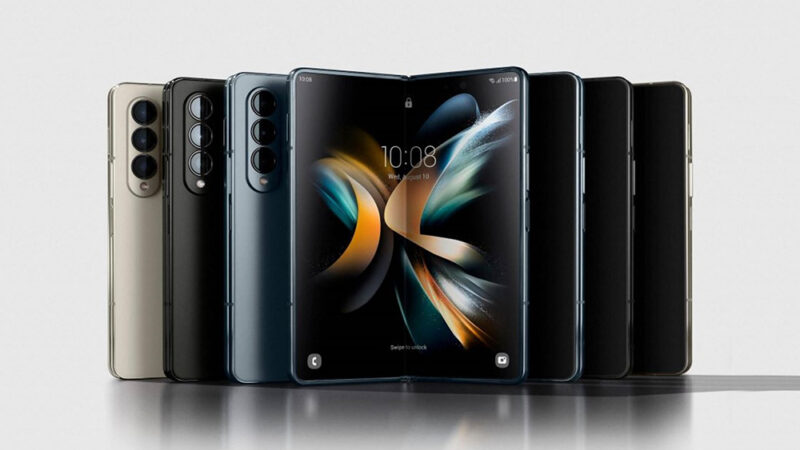The tech giant claims greener AI with a prototype ‘brain-like’ chip.

IBM has developed a prototype chip inspired by the brain that could lead to more energy-efficient “artificial intelligence (AI)” systems, the company announced. Traditional concerns have centred around the energy consumption of AI systems, particularly in warehouses filled with power-hungry computers. However, IBM’s prototype chip offers potential solutions.
The chip’s efficiency lies in its components, which function analogously to the connections within human brains. The chip uses memristors, or memory resistors, that are capable of storing a range of numbers in an analogue manner, unlike digital chips that use binary 0s and 1s. This resemblance to the human brain’s synapses allows for energy efficiency and the ability to handle complex tasks in low-power or battery-restricted environments, such as cars, phones, and cameras.
By enabling chips to mimic brain function, the technology holds promise for significant energy savings. The chip’s integration of both analogue and digital elements makes it suitable for incorporation into existing AI systems, such as smartphones with neural engines for image processing. IBM envisions a future where AI chips in phones, cars, and other applications become more energy-efficient, offering extended battery life and new functionalities.
While the technology shows potential, experts like Prof. Ferrante Neri from the University of Surrey emphasise the challenges that lie ahead for its widespread adoption, including material costs and manufacturing complexities. Additionally, IBM’s prototype could revolutionise data centres by reducing energy consumption and water requirements for cooling. These chips might ultimately replace current chips in data centres, cutting down on their massive energy needs.
Professor James Davenport from the University of Bath praised IBM’s findings as “potentially interesting” but cautioned that the chip is just a “possible first step” rather than an easily deployable solution. Nevertheless, the chip’s brain-like design offers a glimpse into the future of energy-efficient AI systems and holds promise for revolutionising the technology landscape.






